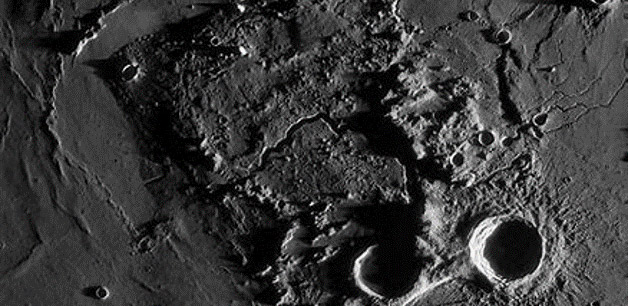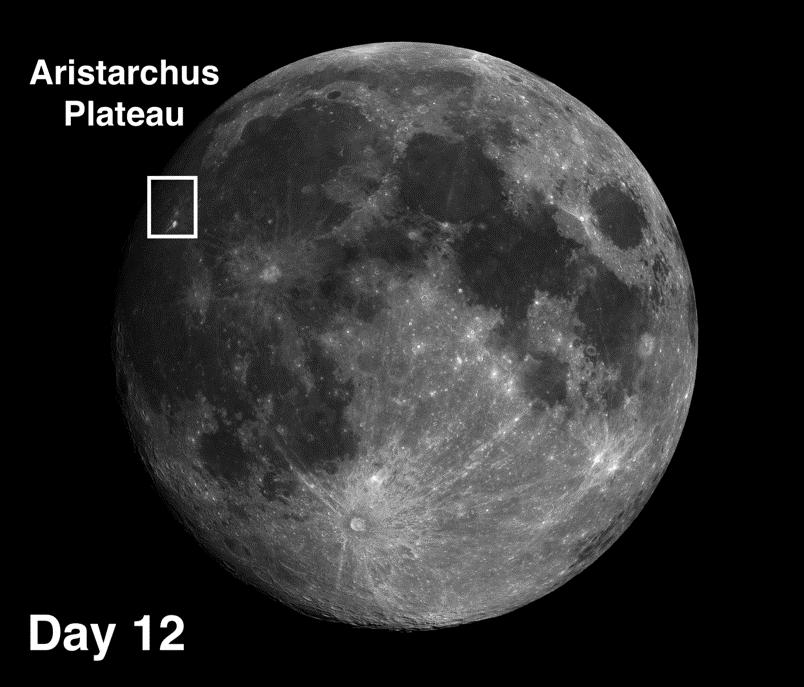
Lunatic’s Corner: Vallis Schröteri
August 2022 :
This month’s lunar feature is Vallis Schröteri or in English, Schröter’s Valley. The valley is named for Johann Schröter, a German lawyer and astronomer who lived from 1745-1816. Schröter graduated from law school in 1767 and practiced law for 10 years before obtaining a position with King George III in Hanover, Germany as his Secretary of the Royal Chamber. While in this position, Schröter had the pleasure of meeting two of William Herschel’s brothers sparking his interest in astronomy. At age 39, he resigned his position to pursue astronomy more professionally, having been inspired by William Herschel’s discovery of Uranus in 1781.
Schröter quickly gained a good reputation for his detailed planetary and lunar observations, which he published in professional journals of the day. He made systematic drawings of Mars, Jupiter, and Saturn and extensively sketched the surface of Mars. Schröter also published an important, early work on the topography of the Moon, while establishing an albedo scale for lunar features that was later popularized by English astronomer Thomas Elger. He was the first to recognize a phase anomaly in Venus where the concavity of the crescent does not agree with predicted geometry. It is named the “Schröter Effect”. Besides Vallis Schröteri, a lunar crater, a smaller lunar rille, and a crater on Mars is named for him. In 1813, his work was disrupted by the Napoleonic Wars when French forces burned is books and papers and destroyed his observatory. When he died in 1816, it was said that he never recovered from the great loss of his work and observatory.
Vallis Schröteri is located on the Aristarchus plateau in the northwest quadrant of the Moon. The plateau itself is an interesting feature in that it is a raised, rectangular structure in the middle of Oceanus Procellarum and is home to craters Herodotus and Aristarchus (the brightest feature on the Moon). Its origin is still a mystery, but it may have been raised by the Imbrium impact.
The valley begins just north of crater Herodotus, at a feature called the Cobra Head, a 6-mile-wide opening to a rare volcanic vent on top of a 2km high dome. From there, the rille runs north, turns to the west, and then turns back to the south where it tapers to a width of less than 1km. Vallis Schröteri is the longest sinuous rille on the lunar surface, snaking for about 100 miles and was a major contributor of lava to Oceanus Procellarum. Vallis Schröteri is best seen near lunar day 12 and lunar day 23 and is easily visible in small telescopes. In larger scopes, one might be able to detect a second, inner rille about halfway through the main valley. When the Moon is almost full or just past third quarter, Vallis Schröteri is an intriguing target that you will not want to miss.




